Stay Ahead of the Curve
Latest AI news, expert analysis, bold opinions, and key trends — delivered to your inbox.
AI Robotics on the Verge of a Breakthrough: A "GPT Moment" in the Making
8 min read AI Robotics on the brink of a game-changer! Similar to the "GPT moment" in 2018, the rise of Large Language Models (LLMs) is set to revolutionize how robots engage with their environment. November 13, 2023 06:25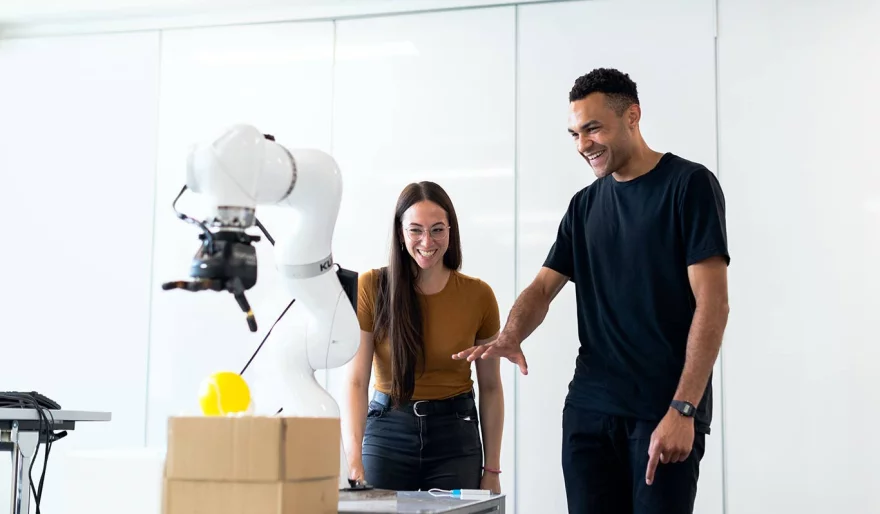
The field of artificial intelligence (AI) has witnessed remarkable advancements in recent years, particularly in natural language processing (NLP). The introduction of Generative Pretrained Transformers (GPTs) in 2018 marked a pivotal moment in NLP, revolutionizing the way machines interact with human language. Now, a similar transformative shift is poised to reshape the realm of AI robotics, with the convergence of large language models (LLMs), reinforcement learning (RL), sensor fusion, and robotics hardware.
Just as GPTs unlocked a new era of human-computer interaction, AI robotics is on the verge of a "GPT moment" that will redefine how robots perceive and interact with the world around them. This transformative shift is driven by several key factors:
The Rise of Large Language Models (LLMs)
LLMs, such as GPT-3 and LaMDA, have demonstrated remarkable capabilities in processing and generating human language. These models can understand complex instructions, translate languages, and even engage in creative writing. For robots, these capabilities are crucial for effective human interaction and navigation in complex environments.
Advancements in Reinforcement Learning (RL)
RL algorithms, which enable machines to learn through trial and error, are playing an increasingly important role in AI robotics. RL allows robots to adapt to their environment, learn from their interactions, and develop new skills autonomously. This capability is essential for robots to operate in dynamic and unstructured settings.
Integration of AI with Sensor Fusion and Robotics Hardware
The integration of AI with advanced sensor fusion and robotics hardware is creating a new generation of robots with unprecedented perceptive capabilities. Robots can now perceive their surroundings with greater accuracy and precision, enabling them to perform intricate tasks in complex environments.
Growing Investment in AI Robotics
Significant investments from both academia and industry are accelerating the development of AI robotics. This influx of funding is fueling research and development, leading to rapid advancements in the field.
Real-World Applications of AI Robotics
AI robotics is already being applied in various real-world scenarios, including:
- Warehouse automation and logistics
- Manufacturing and assembly
- Healthcare and elder care
- Agriculture and precision farming
- Retail and customer service
These applications demonstrate the potential of AI robotics to transform industries and improve our lives.
The "GPT Moment" for AI Robotics
The convergence of LLMs, RL, sensor fusion, and robotics hardware is ushering in a new era for AI robotics, analogous to the "GPT moment" in NLP. This transformative shift is characterized by:
- A shift from rule-based to data-driven approaches
- The emergence of more versatile and adaptable robots
- The ability of robots to learn and improve through experience
- The expansion of AI robotics into new applications
The implications of this transformative shift are far-reaching. AI robotics has the potential to revolutionize industries, enhance productivity, and improve the quality of life. As AI robotics continues to evolve, we can expect to see even more innovative and groundbreaking applications in the years to come.
Conclusion
The field of AI robotics is on the brink of a major breakthrough, akin to the "GPT moment" that revolutionized NLP. With the convergence of LLMs, RL, sensor fusion, and robotics hardware, AI robots are poised to interact with the world in unprecedented ways, leading to transformative advancements in industries, productivity, and our daily lives. The future of AI robotics is bright, and we can expect to witness groundbreaking applications that will shape the world around us.
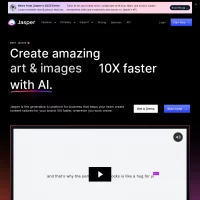
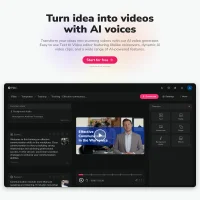
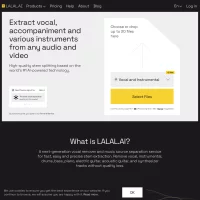
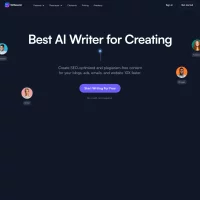
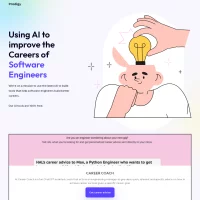


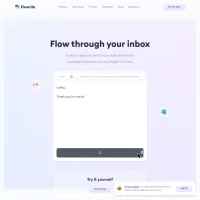





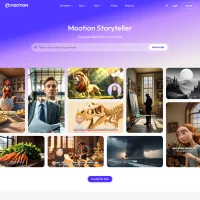
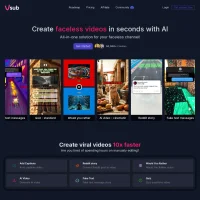


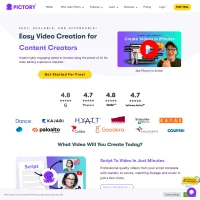
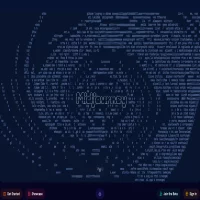
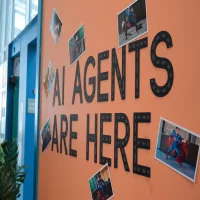 AI Agents
AI Agents